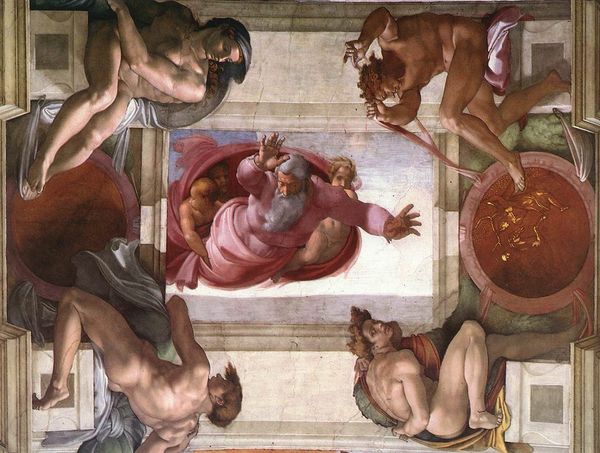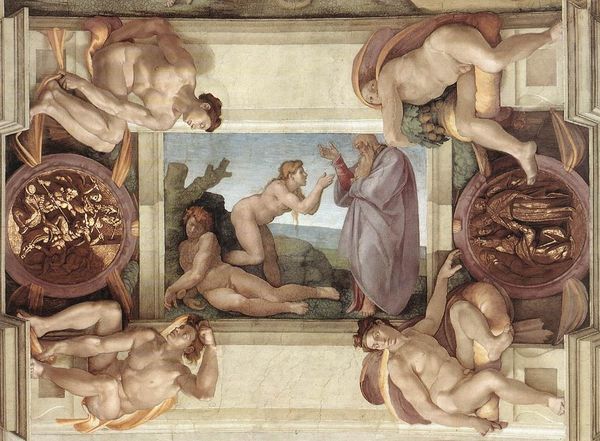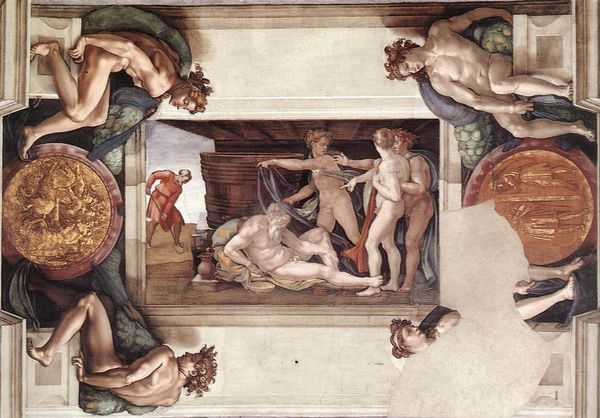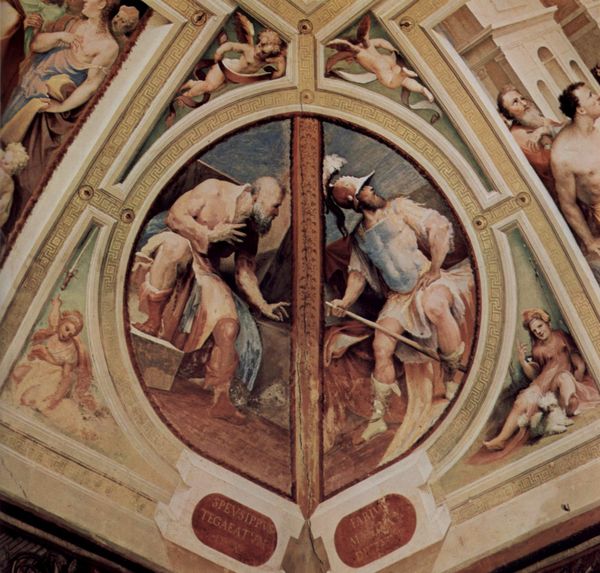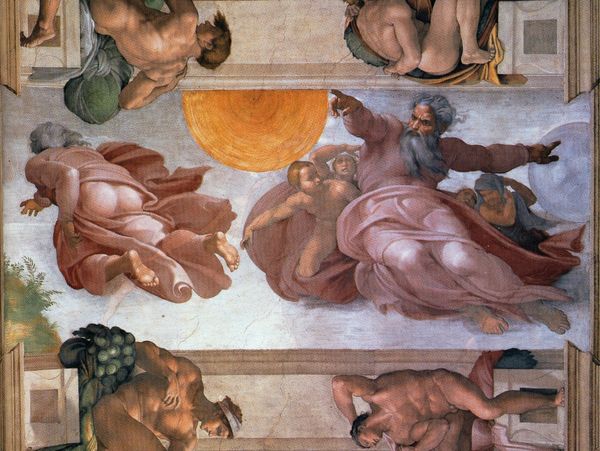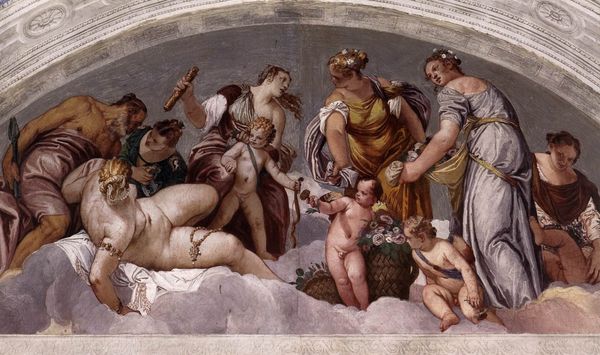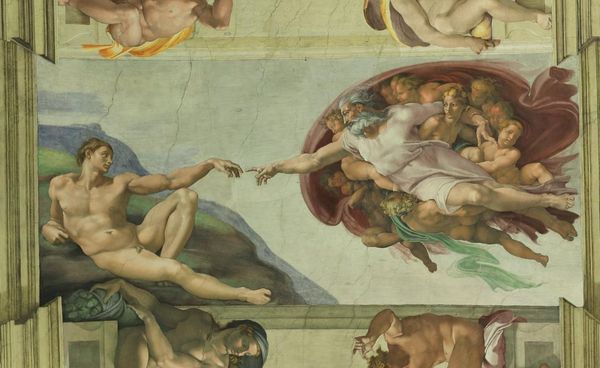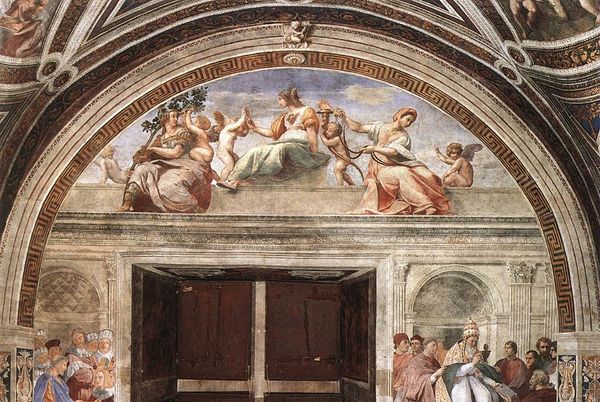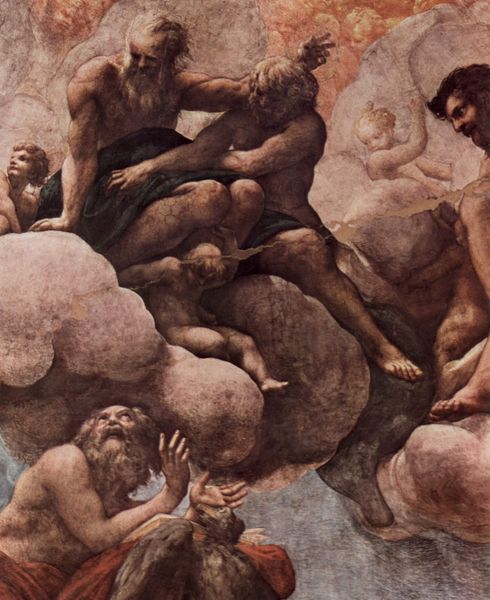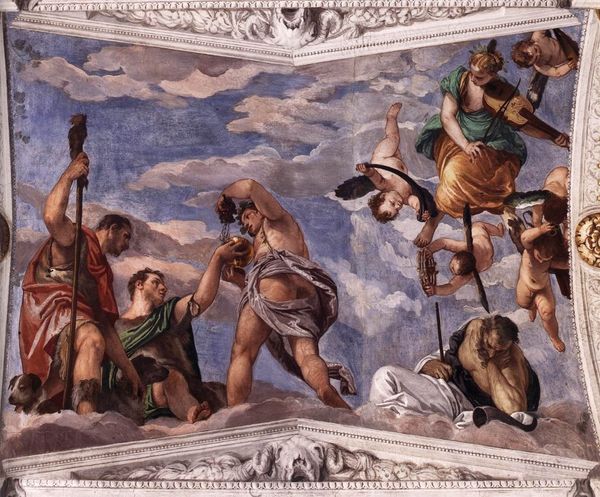Sistine Chapel Ceiling: Sacrifice of Noah 1512
🔒Audio guide available with collection purchase
painting, fresco
#
high-renaissance
#
allegory
#
narrative-art
#
painting
#
figuration
#
fresco
#
11_renaissance
#
christianity
#
men
#
mythology
#
history-painting
#
abstract character
#
italian-renaissance
#
nude
Copyright: Public domain
Comments
No comments
Be the first to comment and join the conversation on the ultimate creative platform.

